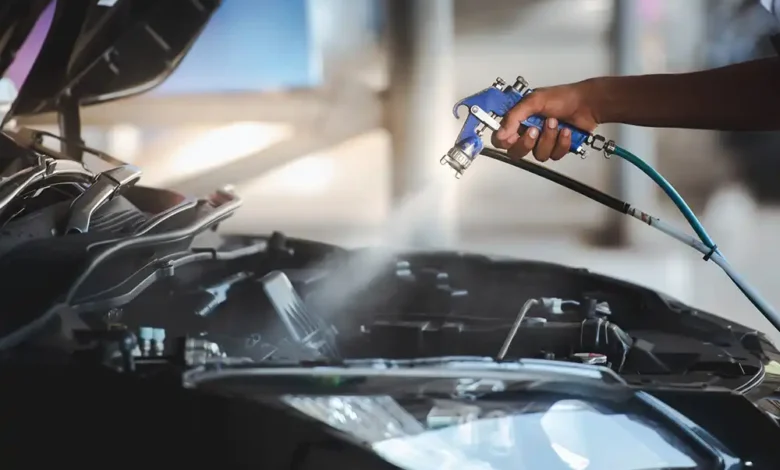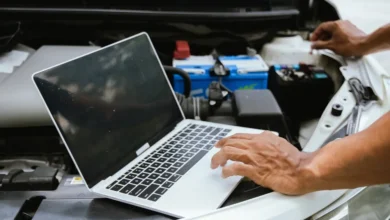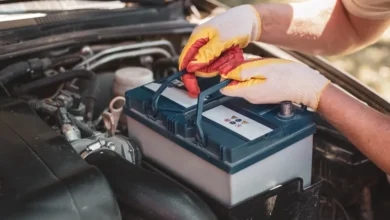
Keeping your car’s engine clean is not only about aesthetics; it’s also about maintaining its performance and longevity. A clean engine runs cooler and more efficiently, reducing the risk of overheating and potential damage. However, washing a car engine isn’t as straightforward as cleaning the exterior. It requires caution, proper technique, and the right tools to avoid damaging sensitive components. In this comprehensive guide, we’ll walk you through the step-by-step process of washing your car engine correctly.
Understanding the Risks
Before diving into the cleaning process, it’s essential to understand the risks involved. Car engines are intricate systems with various electrical components, sensors, and vulnerable parts. Introducing water or harsh chemicals in the wrong places can lead to serious damage and costly repairs. Therefore, it’s crucial to proceed with caution and follow the recommended guidelines.
Does dirt affect the performance of electronics?
Modern cars are equipped with various electrical systems and sensors. Including such electronic units and power cables are located in the engine, and the machine exchanges data every second, which ensures full operation of the motor. According to many motorists, the presence of contaminants in the engine can lead to current leaks and malfunctions in the electronics.
However, dirt does not actually conduct current. At the same time, oxides, which can form as a result of prolonged exposure to oil and other contaminants on metal, affect the operation of electrical equipment. Such oxidized contacts are most often found on dirty engines, which their car owners rarely clean of oil and other contaminants.
How to Choose an Engine Cleaner?
In auto chemical stores you can find many different substances that can effectively clean the engine of any contaminants. The most budget option is car shampoo, but it requires more water to wash it off the treated surface. In some cases, such a product may not cope with serious stains.
For this reason, for greater effect, it is better to use one of the store-bought cleaners. They are implemented in the form:
- Aerosol
- Manual TRIGGER
- Liquids with high foam formation
An aerosol is most effective at removing dirt in the engine compartment, and removing its residue is much easier. Spraying using a trigger has a similar effect, but in this case, the consumption of the substance will be greater. If you use a foaming agent, you must also ensure there is enough clean water to rinse the rags.
Washing Procedure
Before you start washing your car engine, it’s crucial to take some precautions. First, ensure that the engine is cool to the touch. Washing a hot engine can cause water to evaporate quickly, leaving behind spots and streaks. Additionally, cover any sensitive components such as the alternator, air intake, and electrical connections to prevent water damage.
Covering Sensitive Components
When covering sensitive components of your engine, use plastic bags or waterproof covers. Avoid using materials that could leave behind residue or lint. Take your time to securely cover these areas, ensuring that no water can penetrate through to the delicate parts underneath.
Choosing the Right Cleaning Products
Not all cleaning products are suitable for washing car engines. Look for degreasers specifically designed for automotive use. These products are formulated to break down grease and grime without causing harm to your engine or its components. Avoid using harsh chemicals or abrasive cleaners, as they can damage sensitive surfaces.
Applying the Cleaner Safely
Once you’ve selected the right cleaning product, it’s time to apply it to your engine. Use a spray bottle or foam applicator to evenly distribute the cleaner across the surface of the engine. Be generous with your application, ensuring that every area is thoroughly coated. Allow the cleaner to sit for a few minutes to penetrate and loosen dirt and grease.
Gentle Scrubbing and Rinsing
After the cleaner has had time to work its magic, use a soft-bristled brush or sponge to gently scrub the surface of the engine. Pay special attention to areas with heavy buildup, such as around the oil cap or engine block. Once you’ve scrubbed away the dirt, rinse the engine thoroughly with a hose, being careful not to use too much pressure.
Drying Your Engine Properly
After rinsing, use a clean microfiber cloth to dry the engine thoroughly. Pay attention to crevices and tight spaces where water may linger. Alternatively, you can use a leaf blower or compressed air to help speed up the drying process. Ensure that the engine is completely dry before moving on to the next step.
Inspect for Any Issues
With your engine now clean and dry, take a moment to inspect it for any signs of damage or wear. Look for leaks, loose connections, or worn-out components that may need attention. Addressing these issues promptly can help prevent more significant problems down the road.
Additional Tips
Avoid High-Pressure Washers: While it may be tempting to use a high-pressure washer to blast away dirt and grime, it’s not recommended for cleaning car engines. The high-pressure water can force water into sensitive components, causing electrical shorts or other damage.
Use Caution with Electrical Components: When cleaning around electrical components, such as the battery terminals or ignition system, exercise caution. Avoid spraying water directly onto these components, and be gentle when scrubbing nearby areas.
Test Before Cleaning: Before applying any cleaning products or water to your engine, test them in a small, inconspicuous area to ensure compatibility and avoid any potential damage.
Benefits of Regular Engine Washing
Regularly washing your car engine offers several benefits beyond just aesthetics. It helps to maintain optimal engine temperature by preventing heat buildup caused by dirt and grime. Additionally, it can improve fuel efficiency by reducing the amount of drag caused by a dirty engine. Overall, keeping your engine clean is a simple yet effective way to prolong its lifespan and ensure reliable performance.
Conclusion
Washing your car engine correctly is essential for maintaining its performance and longevity. By following the step-by-step process outlined in this guide and exercising caution around sensitive components, you can effectively remove dirt and grime without causing damage. Remember to gather the necessary supplies, prepare the engine properly, and use gentle techniques throughout the cleaning process. With regular maintenance and care, your car engine will stay clean and healthy for years to come.
We hope you found this article helpful. If you did, be sure to check out our blog for more great content like this.





